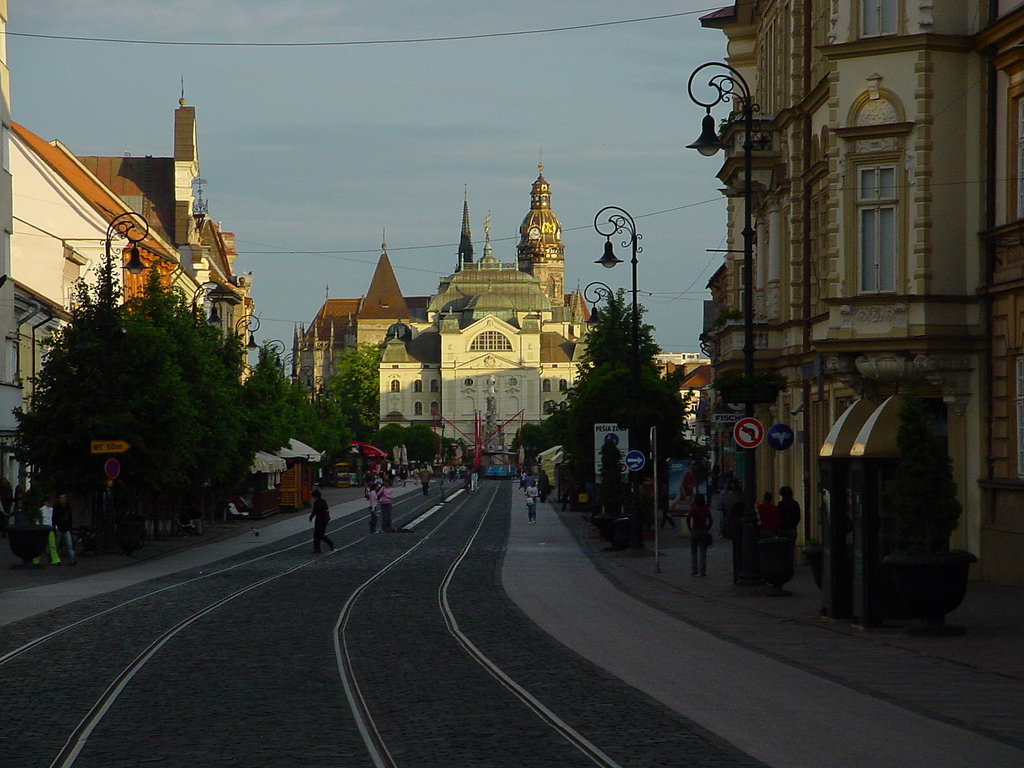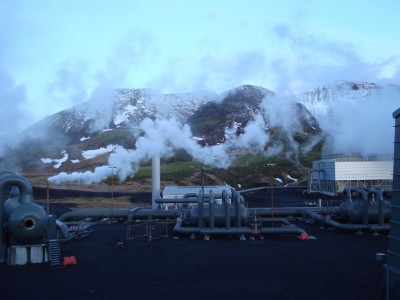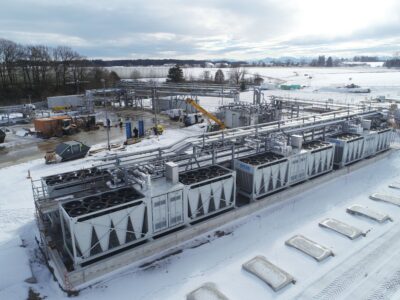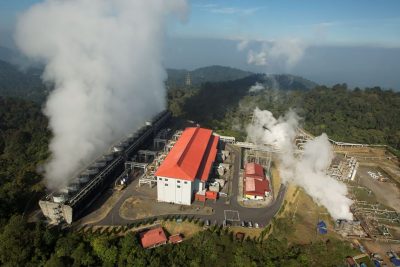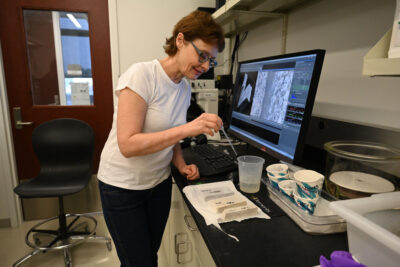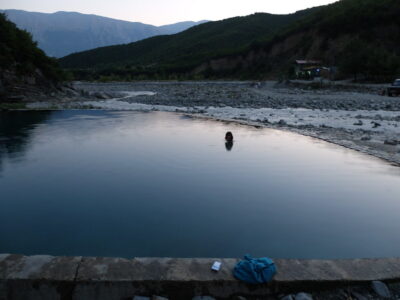Can Slovakia transition from natural gas to geothermal?
In an opinion piece, energy and transport analyst Michal Sura looks into the potential and the benefits of Slovakia transitioning from natural gas to geothermal heating.
In an opinion piece published in ENERGOKLUB, energy and transport analyst and expert adviser to the Ministry of Transport and Construction of the Slovak Republic Michal Sura looks into the potential of geothermal as an alternative to natural gas for district heating.
Natural gas consumption in Slovakia
Natural gas consumption in Slovakia in the recent years has been estimated to be around 5 billion cubic meters. About 99% of this natural gas comes from imports. In 2021, 70% of the natural gas consumption of Slovakia cam from Russia. Pivoting away from this dependence on Russia is one of the primary motivators for transitioning to geothermal heating.
The environmental aspect is another reason. The Slovak Republic, along with the European Commission, is committed to achieving a zero-emission economy by 2050. The continued use of natural gas contributes to greenhouse gases, both by the emission of CO2 and by the leakage of natural gas from pipelines and gas installation.
The geothermal potential of Slovakia
The potential of Slovakia in terms of geothermal resource is considered above-average. The territory of Slovakia is largely covered by the Pannonian Basin, which it shares with Hungary. This formation is considered to be very rich in geothermal resources.
Based on previous research, Slovakia has an estimated geothermal potential of 5,500 MWt. Only a small fraction of this – about 250 MWt- is currently being used, mostly for recreational purposes and only in four cities, namely, Galanta, Sala, Sered, and Velky Meder.
Sura provides a detailed comparison of geothermal use between Slovakia and neighboring country Hungary. Both countries are heavily dependent on natural gas for heating. However, Hungary has considerable geothermal facilities, most notably in the city of Miskolc, the country’s third largest city. The Miskolc geothermal heating facility supplies heat to about half of the city’s 32,000 flats.
We have also previously reported on the economic benefits of the use of geothermal heating in the city of Veresegyház near Budapest, Hungary. Both residential customers and industry players have benefitted from green and low cost heating.
Geothermal heating in Košice
In terms of large-scale geothermal heating, the project that is in the most advanced stages of development can be found in the city of Kosice. This is the second largest city in Slovakia, with a population of 250,000.
In late 2021, we reported on the plans of building a geothermal heating plant in Kosice by the Kosice Heating Plant (TEKO). Three exploratory wells have been drilled in this area to a maximum depth of 3000 meters, and have tapped a downhole temperature of 135 degrees Celsius. The goal is for the plant to be operational by 2026.
According to Sura, the success of the geothermal heating plant in Kosice will save approximately 130 million cubic meters of gas per year in Slovakia.
Aside from Kosice, there are few other geothermal projects in development in Slovakia. Earlier this year, we reported on the buy-in of SSE Holding in PW Geoenergy, a company that is planning to put up a 20-MW geothermal power plant in Ziar nad Hronom. Part of the plans for this project is to also use residual heat from power generation for direct use and domestic heating.
Source: ENERGOKLUB
